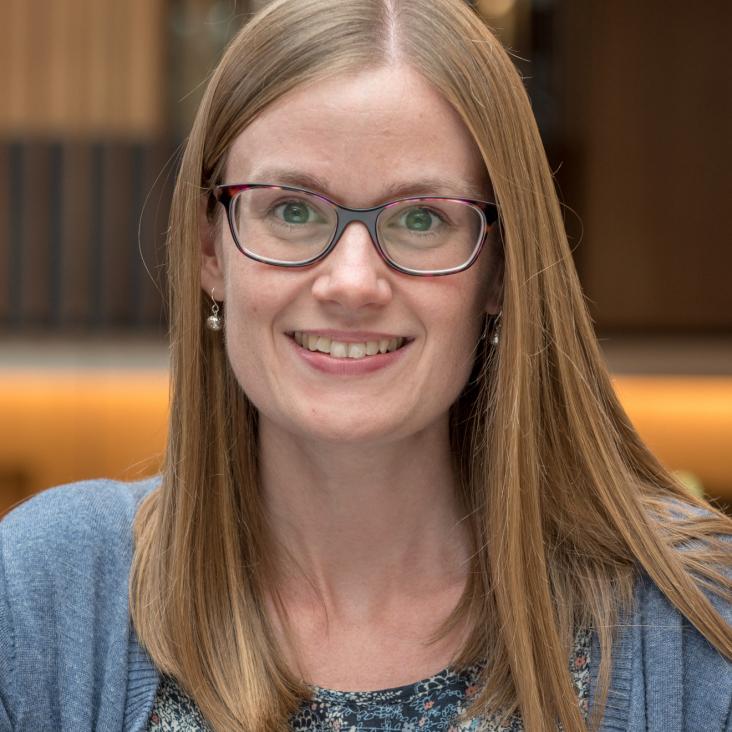Euro-Atlantic weather Regimes in the PRIMAVERA coupled climate simulations: impact of resolution and mean state biases on model performance
Climate Dynamics Springer Science and Business Media LLC 54:11-12 (2020) 5031-5048
Machine Learning for Stochastic Parameterization: Generative Adversarial Networks in the Lorenz’96 Model
Journal of Advances in Modeling Earth Systems American Geophysical Union 12:3 (2020) e2019MS001896
Abstract:
Stochastic parameterizations account for uncertainty in the representation of unresolved subgrid processes by sampling from the distribution of possible subgrid forcings. Some existing stochastic parameterizations utilize data‐driven approaches to characterize uncertainty, but these approaches require significant structural assumptions that can limit their scalability. Machine learning models, including neural networks, are able to represent a wide range of distributions and build optimized mappings between a large number of inputs and subgrid forcings. Recent research on machine learning parameterizations has focused only on deterministic parameterizations. In this study, we develop a stochastic parameterization using the generative adversarial network (GAN) machine learning framework. The GAN stochastic parameterization is trained and evaluated on output from the Lorenz '96 model, which is a common baseline model for evaluating both parameterization and data assimilation techniques. We evaluate different ways of characterizing the input noise for the model and perform model runs with the GAN parameterization at weather and climate time scales. Some of the GAN configurations perform better than a baseline bespoke parameterization at both time scales, and the networks closely reproduce the spatiotemporal correlations and regimes of the Lorenz '96 system. We also find that, in general, those models which produce skillful forecasts are also associated with the best climate simulations.Constraining stochastic parametrisation schemes using high-resolution simulations
Quarterly Journal of the Royal Meteorological Society Wiley (2019)
Machine learning and artificial intelligence to aid climate change research and preparedness
Environmental Research Letters IOP Publishing 14 (2019) 12
Does ENSO regularity increase in a warming climate?
Journal of Climate American Meteorological Society (2019) JCLI-D-19-0545.1


